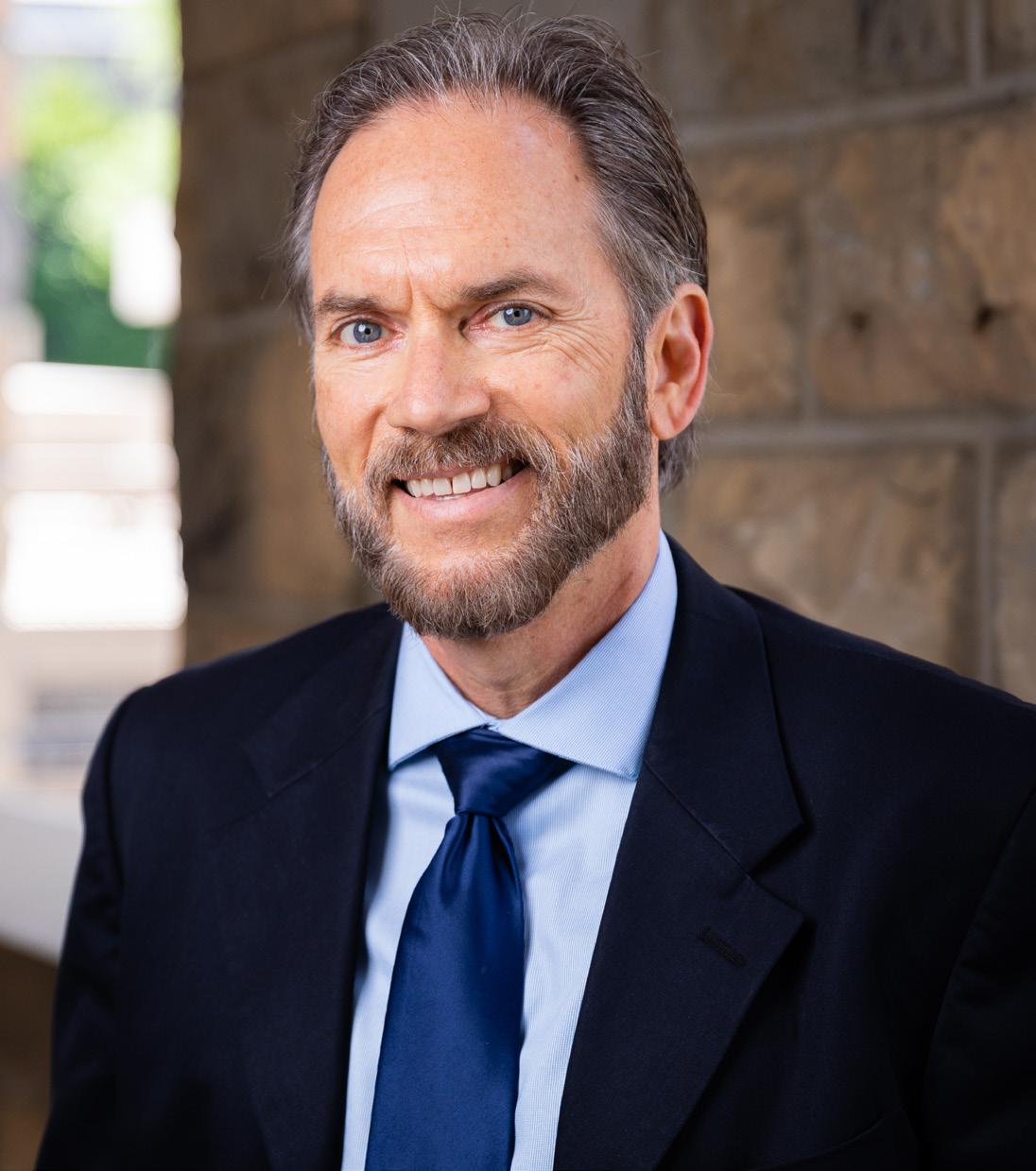PROGRAM AREAS
STRUCTURAL ENGINEERING AND MATERIALS The SEM graduate program continues to thrive with over 70 graduate students. Virginia Tech was selected to host the 2021 American Institute of Steel Construction (AISC) Student Steel Bridge Competition (SSBC) National Finals. Alumni and friends of CEE are encouraged to volunteer and/ or sponsor this opportunity to showcase Virginia Tech Civil Engineering on a national level (email: ssbc2020@vt.edu.) Other highlights for the program this year are: Dr. Roberto Leon co-edited and published, through the American Institute of Steel Construction, the proceedings of the 8th International Conference on Composite Construction in Steel and Concrete. Dr. Leon was named to the Committee on Specification for the American Institute of Steel Construction; the committee is charged with updating steel buildings design provisions. Dr. Leon developed a course on CE Failures that parallels the graduate class he teaches on forensic engineering. The Shock Tube Research Facility, led by Dr. Eric Jacques, is now fully operational. The equipment fosters collaborative high strain rate blast research in a unique oncampus laboratory tightly integrated with Virginia Tech’s expertise in manufacturing, engineering, and materials. The hands-on environment strategically expands VT’s talent pipeline for high-demand careers in defense-related engineering. Leveraging the shock tube facility, Dr. Jacques and his group developed blast self-centering reinforced concrete members using hybrid arrangements of GFRP and steel rebar for enhanced blast resilience. Dr. Scott Case worked with other COE faculty on a recently-awarded $3.8M composites manufacturing education project. The effort combines instruction, project design teams, and industrial courses. Dr. Case is working on a woodbased composites center project to develop bench-scaling screening tests to predict structural fire performance in large-scale ASTM E-119 tests. Dr. Carin Roberts-Wollmann continues to conduct research in prestressed concrete bridges and buildings. Her
18 • 2020 VIA REPORT
projects include investigations of the behavior of fiber reinforced concrete two-way post-tensioned flat slabs, repair of corrosion damaged prestressed beams, use of photogrammetric methods to assess corrosion damage of prestressed beams, and long term behavior of posttensioned segmental concrete bridges. Dr. Roberts-Wollmann was appointed for another code cycle of ACI 318, and will serve as chair of subcommittee 318-P – Precast/pretensioned concrete. She was appointed to two new code committees ACI 319 – Precast/Prestressed Concrete Building Code and ACI 320 – PostTensioned Concrete Building Code. These committees write the task of writing new specifications, separate from ACI 318, for prestressed and post-tensioned concrete. Dr. Maryam Shakiba received AirForce Office of Scientific Research Young Investigator Program (YIP) award. Dr. Shakiba worked on large scale simulations of transverse plies in fiber-reinforced composites were conducted, which shed light on the delamination and failure in such composites. Dr. Finley Charney did field testing of several metal buildings on campus and in South Carolina to determine the frequency of vibration for use in validating an approximate formula proposed for use in building codes. Dr. Charney published “Seismic Loads - A guide to the Seismic
In early March of 2020, a VTCEE team competed in the EERI Seismic Design competition. Their building survived the ground motions and aftershock, placing them 12th overall in the national competition, including 1st in the Architecture category.
Load Provisions of ASCE 7-16” with coauthors Justin Marshall and Thomas Heasuler. Dr. Matt Hebdon received the CEE Alumni Teaching Excellence Award. Dr. Hebdon tested full-scale deteriorated steel bridge members, repaired steel bridge members using CFRP, steel sheet piling, and inspection of bridges using AI and drones. Dr. Rodrigo Sarlo added a course on Experimental Methods and Signal Processing dealing with structural health monitoring, infrastructure instrumentation and data processing which includes numerous exercises with deployable sensors and large datasets. Dr. Sarlo published an open-source modal analysis MATLAB library. Dr. Sarlo won two seed grants on vibration based gait diagnosis for smart hospitals and on cybersecurity of structural health monitoring systems. Dr. Matthew Eatherton’s research group focuses on developing new structural systems with enhanced performance during extreme natural hazards and improving resilience and sustainability of structural systems. Dr. Eatherton’s group is working on a multi-university project on seismic behavior of steel deck diaphragms, an NSF CAREER project on structural fuses, a collaborative project on optimizing resilience and sustainability of building systems, a project working on computational simulation of steel fracture in structures, and a project developing new bolted end plate moment connections for metal buildings. Dr. Yannis Koutromanos is working on the seismic evaluation of existing reinforced concrete wall buildings using computational simulation. This research, aims to enhance the resilience and safety of built communities. Dr. Koutromanos completed a multi-year project, supported by the NSF and focused on experimental and analytical characterization of rupture in structural steel under strong earthquakes.












